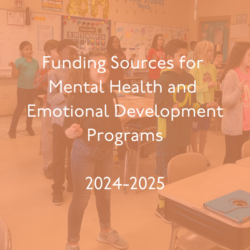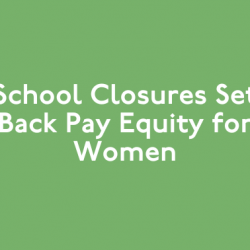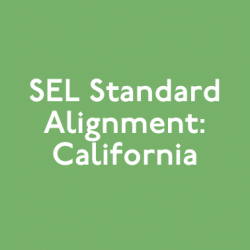Since it was passed in December 2015, everyone in the education world has been talking about, thinking about, and strategizing around the Every Student Succeeds Act (ESSA). This is to be expected, as the major education policy replaces its controversial predecessor, the No Child Left Behind Act (NCLB), signed in 2001. But amidst all of the discussion of state plans and the new administration’s rollout, the ESSA’s actual policy features are riddled with legalese and can be difficult to understand. So, what is actually included in the ESSA?
Every Student Succeeds Act versus No Child Left Behind Act
The biggest difference between NCLB and ESSA is that ESSA moves accountability from the federal government to the states. There will still be annual standardized testing requirements, but each state will now be responsible for deciding what standards their schools and districts will be held accountable for. Previously, the federal government decided what those requirements would consist of.
-
Additionally, ESSA places the responsibility on school districts to turnaround seriously struggling schools. For the 5% of schools with the highest dropout rates, districts must work with teachers to create an evidence-based plan for turnaround. If the district’s plan still doesn’t work, the state will step in after 4 years to develop a new solution
-
States don’t face any specific penalties for failing to meet their intended goals under ESSA. Previously, failing to meet annual targets prompted distinct school interventions, like offering free tutoring under NCLB.
-
The “highly qualified teacher” requirement from the NCLB law is also a thing of the past. Schools will no longer be required to evaluate teachers based on student outcomes.
-
Accountability for English-language learners is being made a priority –under ESSA it’s moved from Title III to Title I. In order to receive Title I funds, which many schools heavily rely on, schools will now be held accountable for English-language learners academic outcomes. During their first year in the country, these students scores will not count towards a school’s rating, though the results will be publicly released.
-
Students who opt out of mandatory state assessments must be marked as non-proficient. However, ESSA willalso allows states to develop their own laws on how they will meet the 95% threshold for student testing.
State ESSA Plans
Each state educational agency was required to submit a plan that was approved by the governor, members of the state board of education and state legislature, local educational agencies, charter school leaders, and numerous other stakeholders including parents, teachers, and principals. Once the plan was constructed, states had to make the plans available for public comment for 30 days “by electronic means and in an easily accessible format, prior to submission to the Secretary for approval.” However, the level of stakeholder engagement varied by state. Some states simply heard feedback while others took the feedback into account for the final draft of the state plan. Still, all 50 states (plus the District of Columbia and Puerto Rico) have submitted their plans, which include:
-
Goals for improving student achievement, which includes a range of timelines, fixed goals, and relative goals for student groups.
-
A measure of school quality or school success that goes beyond test scores.
-
Rating systems for schools falling short that need “comprehensive and targeted” support. States are expected to use these rating systems to monitor progress as they try to reach their school improvement goals.
-
The process for state spending under the teacher-quality state grant program. Known as Title II-A, this has not really changed since the NCLB days, except for allowing states to set aside up to 8% of their appropriated funding, with the rest flowing through to districts. States also had to set a definition for an “ineffective” teacher.
ESSA implementation has already begun in most states, with districts across the Unites States preparing for the shift. Only time will tell if putting educational standards back into the hands of the states will be the secret sauce to raising the bar on the U.S. educational system. Curious what measures your state plans include? You can find them here!
Sign up for Move This World’s newsletter to stay up to date on social emotional learning.
Enter your email below!










